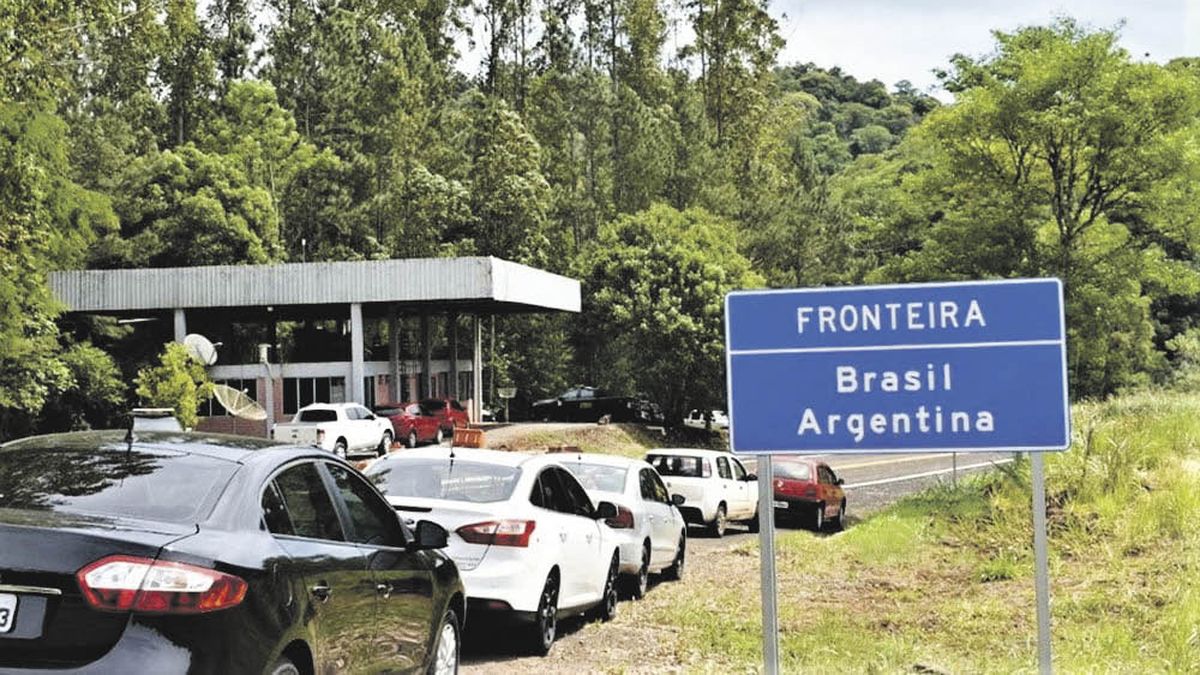A case related to the Restitution of a picture confiscated by the Naziswhat had been widely debated In court for more than two decadesit seemed to have come to an end last year when the Appeal Court of the Ninth Circuit of California He failed against the plaintiffs. However, the US Supreme Court He reversed it last week.
Thus, he annulled the sentence of 2024 and returned the case to the Court of Appeal For a new evaluation after the approval of a law in California In September.
The object of the dispute is the property of a French impressionist painting that originally belonged to a German Jewish woman and who was confiscated by the Nazis.
The painting of Camille Pissarroentitled Rue Saint-Honoré In the afternoon, rain effecthas an estimated value in Dozens of millions of dollars and is currently exposed in the Thyssen Museum of Madrid. The descendants of the original owner They sued the museum so that the picture returns to your family.
Camille Pisarro Table 2.jpg
The judicial case for the possession of the picture had lasted more than 20 years.
X
The judicial dispute
A key point in the judicial dispute was to determine if American or Spanish legislation should be applied. Last year, the Federal Court had determined that Spanish legislation corresponded, not that of California, and that the museum should retain propertysince he acquired the work legally.
That decision seemed to have closed the chances of success of the lawsuit, until California legislators approved a Law in response to the sentence judicial.
This New legislationapproved in September, establishes that works of art stolen by the Nazis and other restitution objects must be returned to their original owners.
Who was the painting originally
The work was originally owned by Lilly Cassirera Jewish woman who was forced to give her to the Nazis in exchange for an exit visa of Germany In 1939.
Subsequently, the painting was sold at an auction organized by the Nazi government and went through several collectors, including some in USAuntil it was acquired in 1976 by the Baron Hans Heinrich von Thyssen-Bornemisza.
In 1993, the government of Spain He bought the Baron’s art collection, including the painting, and since then has been on display in the museum. In 1958, Germany compensated to Cassirer with $ 13,000 (approximately $ 143,000 in current value).
In 2000, Claude CassirerLilly’s grandson discovered that the painting was in the museum of Madrid and filed a claim before a federal court of Los Angeles To try to recover paint. After Claude’s death and his wife, his son David Cassirer He assumed the demand.
Embed – https://publish.twitter.com/Oembed?url=https://x.com/jcnietoher/status/189955307454646463090&partner=&hide_thread=false
If you enter the Thyssen, see this fantastic Pissarro. If you go out to the street, you live it. Rain and more rain. (‘Rue Saint-Honoré in the afternoon. Rain effect’, by Pissarro). pic.twitter.com/prxmkgqsl8
– Juan Carlos Nieto (@jcniether) March 11, 2025
David Cassirer expressed in an email: “As a survivor of the Holocaustmy late father, Claude CassirerI was very proud to become a American citizen in 1947, and appreciated the values of this country. “
“It disappointed it a lot that Spain He will refuse to fulfill his international obligations to return the masterpiece of Pissarro that the Nazis snatched their grandmother. Although he died during this long battle, he would feel very relieved that our democratic institutions demand that the history of the Holocaust is not forgotten, ”he said.
For its part, Thaddeus J. Stauberlawyer of Thyssen Museum of Spainargued that the new legislation of California It should not modify the decisions of the lower courts on the property of the table.
“Our position remains and always will be that a court of USAlocated in Californiait has no jurisdiction to know and resolve litigation on a property that is in Spain”He said Stauber.
“I don’t think the citizens of New York They will like that, for example, Russia, United Kingdom or another country would tell the citizens of New York: This is how you have to address property issues in your state, ”he concluded.
Source: Ambito




